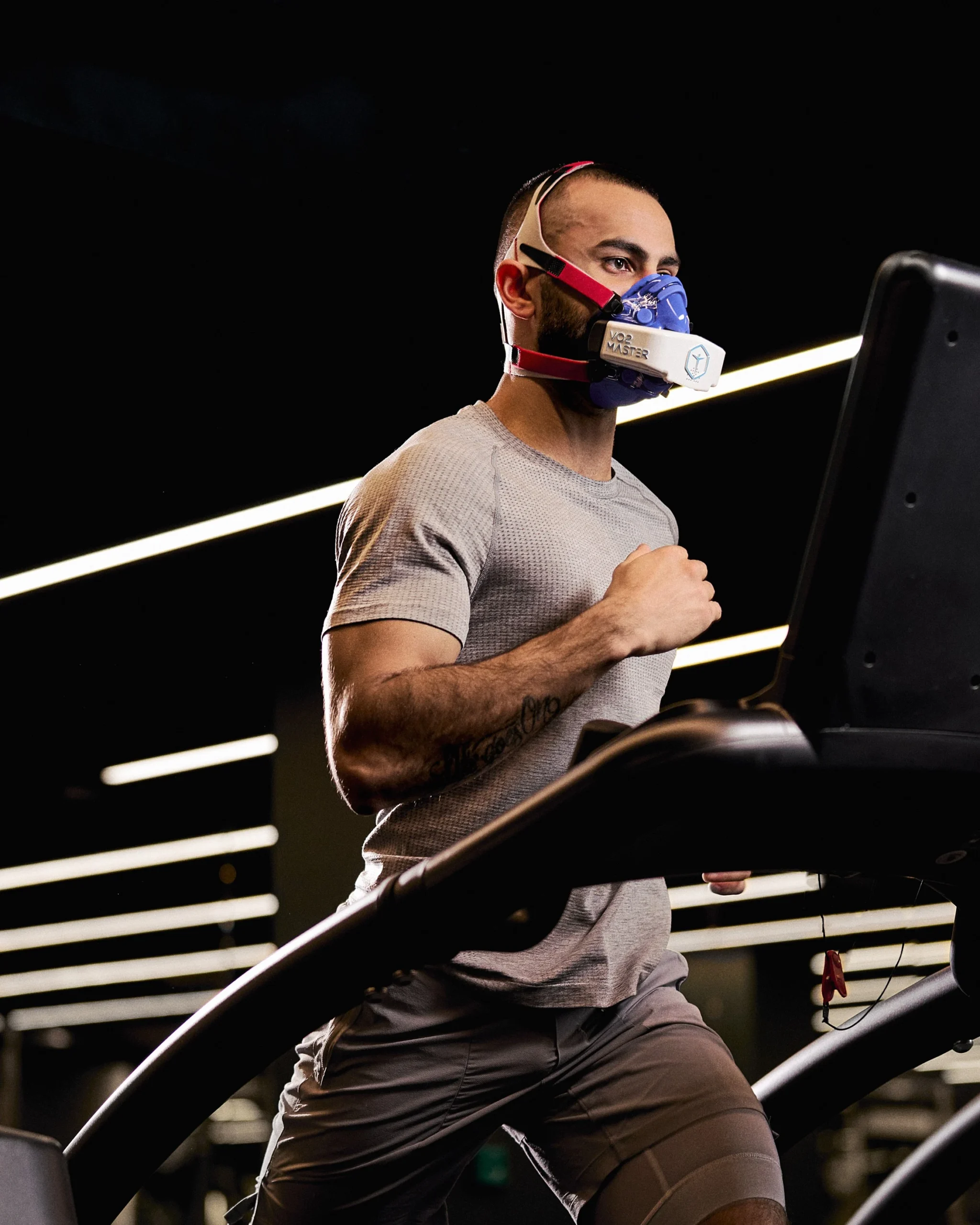- Linkedin Share
- Twitter Tweet
- Email Share
- Copy link Copy link Copied to clipboard
When we talk about recovery, we often focus on the obvious pillars: sleep, nutrition, mobility. But there’s another, less-talked-about factor that can dramatically enhance your recovery and performance over time — your VO₂ max.
VO₂ max (maximal oxygen uptake) is a measure of how efficiently your body uses oxygen during intense exercise. The higher your VO₂, the more oxygen your muscles can access — and the faster your body can respond, adapt and recover. It’s one of the most reliable indicators of aerobic fitness, but increasingly, it’s also being recognised as a vital marker of recovery potential. Elite Personal Trainer at Third Space Mayfair Performance Lab, Tim Hart breaks down how leveraging your VO₂ max can enhance recovery, prevent injury and elevate overall performance.
Why VO₂ Max Matters For Recovery
Recovery is the process your body undergoes to repair tissue, restore energy and return to equilibrium after training. The more efficiently your cardiovascular system works, the faster this process happens.
A high VO₂ max supports:
- Faster delivery of nutrients and oxygen to tired muscles
- Improved circulation, helping flush out waste products like lactic acid
- Reduced heart-rate variability post-exercise, leading to quicker recovery between sessions
- Greater aerobic efficiency, which lowers fatigue even during intense training blocks
In short, optimising your VO₂ max helps your body recover faster and more completely — meaning you can train harder, more often and with less risk of burnout or injury.
The Science: How VO₂ and Recovery Intersect
Your VO₂ max reflects how well your heart, lungs and muscles work together under pressure. It’s closely linked to mitochondrial efficiency (your cells’ energy production systems), capillary density (how easily oxygen reaches working muscles), and even parasympathetic nervous system activity, which governs rest and repair.
When VO₂ max is low, your body requires more effort to complete the same workload — and recovery takes longer. But when VO₂ is high, the cardiovascular and muscular systems are more resilient. This means less fatigue during exercise, and a faster return to baseline afterwards.
This isn’t just about elite performance. For anyone balancing busy schedules, stress and training, optimising VO₂ means making every session — and every recovery window — count.
How To Improve VO₂ Max For Better Recovery
VO₂ max is largely trainable — and a few smart strategies can make a significant difference over time:
- Incorporate Zone 2 Training: Low to moderate-intensity cardio (where you can still hold a conversation) is incredibly effective at improving aerobic capacity. Aim for two to three sessions per week, 30–60 minutes each.
- Add High-Intensity Intervals (HIIT): Short bursts of intensity push your cardiovascular system and increase maximum oxygen uptake. Try 4–6 rounds of 30 seconds high effort followed by 90 seconds recovery.
- Strength + Cardio Hybrid Sessions: Circuit-style training that combines resistance and cardio can also contribute to VO₂ gains while maintaining muscular strength.
- Prioritise Consistency Over Volume: VO₂ improves with regular exposure. Consistent, varied movement over time will outperform sporadic efforts.
- Track and Personalise: Everyone’s VO₂ max is different. Having a baseline — and retesting periodically — helps you see how your aerobic fitness is evolving and how to tailor your recovery strategy accordingly.
Unlock Your Potential With VO₂ Testing At The Performance Lab
Our new state-of-the-art Performance Lab featuring VO₂ testing provides you with the tools and data needed to elevate your physical performance, health and longevity.
With these insights, we can create a truly personalised training plan designed to help you train smarter, recover more efficiently and build long-term resilience — no guesswork, no generic programs.
Whether you’re chasing a marathon PB, pushing toward a personal milestone or simply striving to feel and function better day to day, VO₂ testing is a game-changing tool. It goes beyond performance — it’s about recovery, optimisation and unlocking your full potential.



